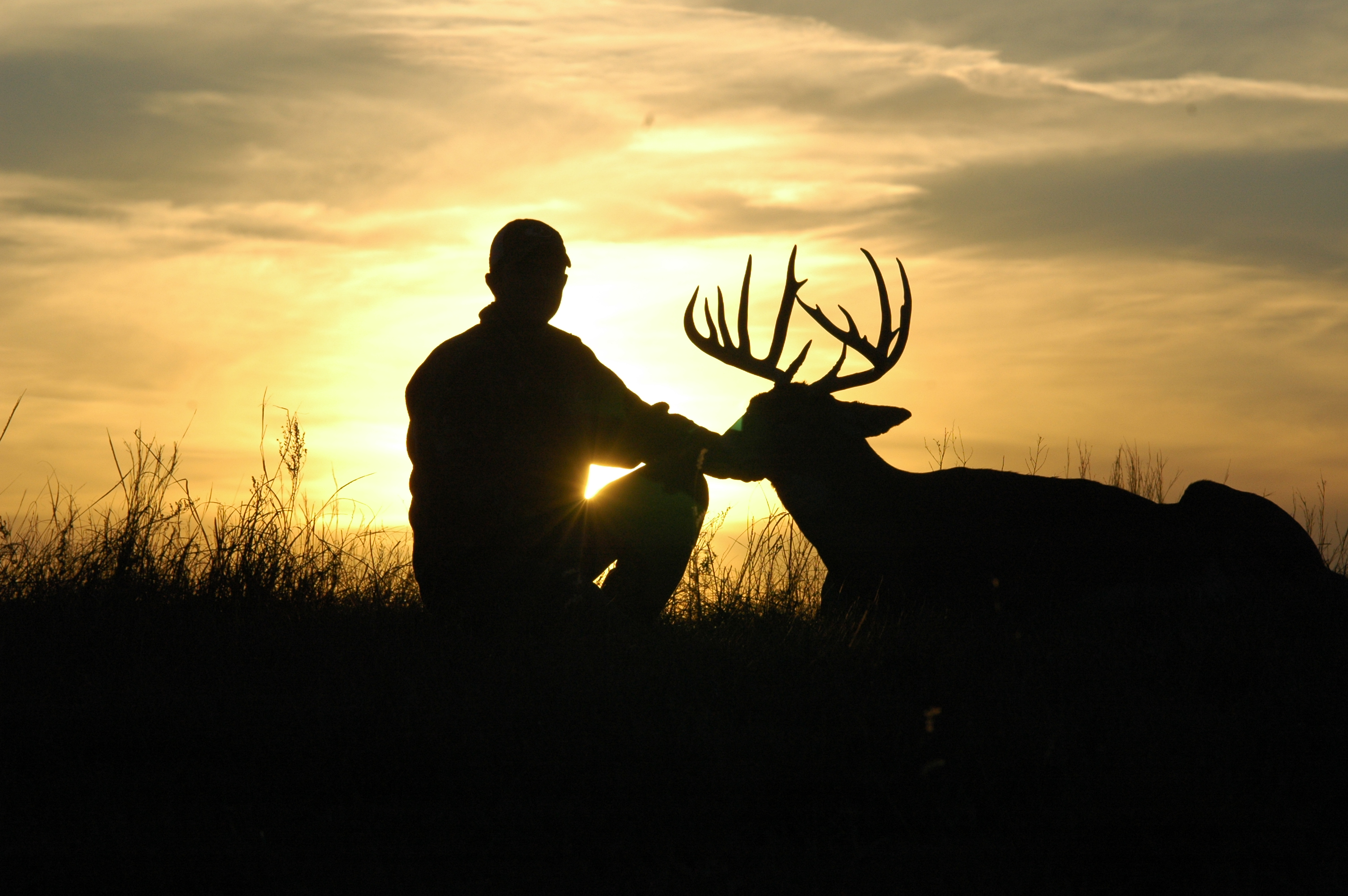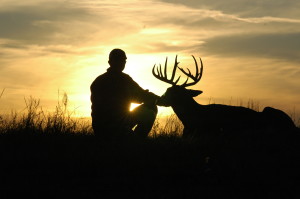Muzzleloader hunting: Flintlock fever a condition worth catching
As the Kawasaki Mule slowly climbed a snow-covered steep logging road up the side of a heavily wooded Lycoming County mountain, it seemed almost a certainty that one of the six adult men huddled in the back bed would be tumbling out.
Or, that the Mule would flip end-over-end back down the near 60ish-degree slope.
Luckily, neither happened. Each of us were safely dropped off to post for the first of a busy day of late-season muzzleloader whitetail drives.
The countryside was beautiful. Thick hemlocks were covered with a dusting of fresh snow. Deep gorges and large rock out-croppings with small caves likely were housing a family or two of hibernating bears.
The terrain was rugged in stretches, yet that only added to the overall experience. Making it more rustic, more of an adventure, more satisfying in the same odd way that hand-splitting firewood and processing your own venison can feel.
It’s that feeling that helped me fall in love with blackpowder hunting during the late season. My father, brother and I had done it in the past. I had my own .50-caliber flintlock and all the supplies growing up. But I didn’t appreciate it back then. After nearly a decade away from the late season rite of passage, my father purchased a muzzleloader stamp for me for Christmas and I found myself on the Lycoming County mountainside.
My brother and a friend, Andy, had been successfully hunting the late season for years. The 15-man Glen Mawr hunt was an annual event for them, usually loaded with deer and shots taken, stories and some good-natured ribbing when someone’s gun misfired or a shot was missed.
So it was quite an experience to be a part of that hunt.
Especially when a herd of at least six doe jogged about 50 yards in front of me during the first drive. They stopped to check out their surroundings. I fired at the biggest doe, standing broadside well within range for the muzzleloader. A flash in the flash pan, but no explosion in the barrel. Misfire.
I reloaded some flash powder. Another click, another flash, another misfire. It happened four consecutive times. The deer grew tired of taunting me and loped off towards an old logging road.
Using a safety pin, I poked out the hole between the flash pan and barrel powder just in time to notice a lone doe picking her way between the hemlock, following an almost identical trail as the first six. This time, my smokestick worked as it was intended, if only the dunce aiming it did a better job keeping it on target. A clean miss.
While I did not bring home venison that day, it was a success. It was more quality time spent with my brother in the outdoors. It was a good workout in some of the freshest mountain air you’ll find in the state.
We hunted several other times during the late season at other locations that year. Each time led to a story.
There was the time Andy shot at an old dropped-antler buck. Two small blood drops into trailing it, the buck was found dead along a fencerow.
The buck was nearly skin-and-bones and it had an old wound in its rear flank that had become infected with gangrene. While field dressing and later when processing the deer, Andy found that it had a damaged lung, but no entry or exit wound. He had missed, and the deer died from, we’re guessing, a collapsed lung while running. Due to its condition, Andy reported the situation to the game commission and didn’t take a chance consuming the venison.
Just a weird story.
And there was the time, about a week later, that we were hunting the family farm near McEwensville. A drive worked perfectly, and a buck worked its way directly to where I was hidden in a fencerow, walking quickly just 12 yards from where I was standing. I know because I paced it out after the fact.
I cocked the muzzleloader. I engaged the hair trigger. The buck was close enough I could almost whack it with the barrel of my gun. It was also close enough to clearly see that it was just one point short of legal. A large rack, it only had a big Y on one side and a single large spike on the other with no brow tines visible.
At that close, there was no denying I could have killed the buck with one shot, as long as there was no misfire. My finger rested on the trigger for a split second, and then I lowered the gun and simply enjoyed the view.
I figured he’d be bigger the next year, and even though I’ve endured a good share of ribbing about letting him walk away, it was definitely one of the best hunting stories I’ve had in quite some time.
And one, like tackling the Glen Mawr mountain, that I would have missed if not for having the opportunity to re-embrace and fall in love with late-season muzzleloader hunting.
If you have never experienced the late-season flintlock season, it is definitely something everyone should try at some point. The weather is a bit colder, obviously, than rifle season, but the extra snow makes visibility and tracking much easier.
Plus, hunting pressure is a lot less intense, making the hunt more of a strategic cat-and-mouse type game. Of course, the whitetail seem to find a way to outsmart the hunter in most cases, but the thrill of the hunt is much more intense, too.
Muzzleloaders are obviously much less consistent than the high-powered rifles many use during the main season. Dampness in the air can ruin the black powder and lead to misfires. There are a lot more things to keep aware of when hunting with a flintlock rifle, but that also is part of what makes the experience so much more rustic and exhilirating.
Of course, that also makes it that much harder to see the season slip away.


